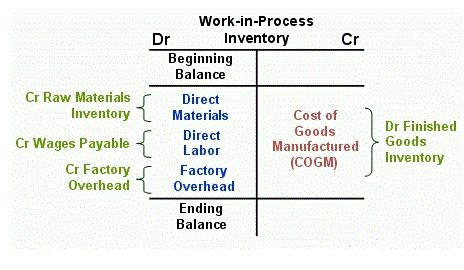It is very important to understand the difference between equity value and enterprise value as these are two very important concepts that nearly always come up in finance interviews. To calculate equity value from enterprise value, subtract debt and debt equivalents, non-controlling interest and preferred stock, and add cash and cash equivalents. Preferred stock, common stock, retained earnings, and accumulated other comprehensive income are all included in shareholders’ equity.
The shareholders’ equity can be found in a financial statement called the balance sheet. Although its amount shows the residual value of the business and may sometimes turn negative, it should not be taken as the sole measure in analyzing a company’s financial health. Other financial statements, such as income statements and cash flow statements, are necessary to paint an accurate picture of the company’s progress. A measure indicative of such progress is called the return on equity or ROE. This is calculated by dividing the net income (from the income statement) by the average shareholders’ equity.
Understanding Shareholder Equity (SE)
However, total equity alone should not be taken as the sole indicator of a bad financial situation. The analysis needs other financial statements, such as cash flow and income statements, to determine the true state of the company’s finances. To calculate ROE, analysts simply divide the company’s net income by its average shareholders’ equity. Because shareholders’ equity is equal to assets minus liabilities, ROE is essentially a measure of the return generated on the net assets of the company.
- An alternative calculation of company equity is the value of share capital and retained earnings less the value of treasury shares.
- Sustainable growth rates and dividend growth rates can be estimated using ROE, assuming that the ratio is roughly in line or just above its peer group average.
- Investors looking to calculate market value of equity can find the total number of shares outstanding by looking to the equity section of a company’s balance sheet.
- Investors tend to look for companies that are in the conservative range because they are less risky; such companies know how to gather and fund asset requirements without incurring substantial debt.
- This measure excludes Treasury shares, which are stock shares owned by the company itself.
- Net income is calculated as the difference between net revenue and all expenses including interest and taxes.
- If a company’s shareholder equity remains negative, it is considered to be balance sheet insolvency.
Since enterprise value is available to all shareholders, these items need to be added back. Unrealized losses, for example, would have to be negative because a company’s stock value cannot fall below zero. A corporation would be insolvent if its shareholders’ equity turned negative. When speaking of actual equity, you are effectively taking into account the whole market value of the company’s assets minus the sum of its liabilities. The overall equity (market value) in this situation will not be equal to the whole shareholder equity (book value).
How can D/E ratio be used to measure a company’s riskiness?
This is the percentage of net earnings that is not paid to shareholders as dividends. Current assets include cash and anything that can be converted to cash within total equity formula a year, such as accounts receivable and inventory. All the information needed to compute a company’s shareholder equity is available on its balance sheet.

The second is the retained earnings, which includes net earnings that have not been distributed to shareholders over the years. The total liabilities have a higher value than total assets, so the answer is negative. This means that there is nothing left for the shareholders to share as https://www.bookstime.com/ the residual value of the company. The number of outstanding shares is not needed to calculate total equity value. Understanding the shareholder’s equity formula is crucial from the perspective of an investor since it shows the true worth of the shareholders investment in the company.
Industries in Which Equity Value is Commonly Used
Under a hypothetical liquidation scenario in which all liabilities are cleared off its books, the residual value that remains reflects the concept of shareholders equity. Retained earnings are part of shareholder equity as is any capital invested in the company. SE is a number that stock investors and analysts look at when they’re evaluating a company’s overall financial health. It helps them to judge the quality of the company’s financial ratios, providing them with the tools to make better investment decisions.

Equity is the value the business owners have in the business after all liabilities are paid. It is calculated by subtracting the value of all the liabilities from all the assets owned by the company. It is also called shareholders’ equity in corporate settings with this definition.
1,490 total views, 5 views today
